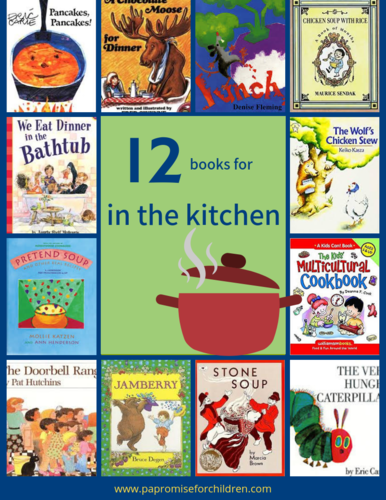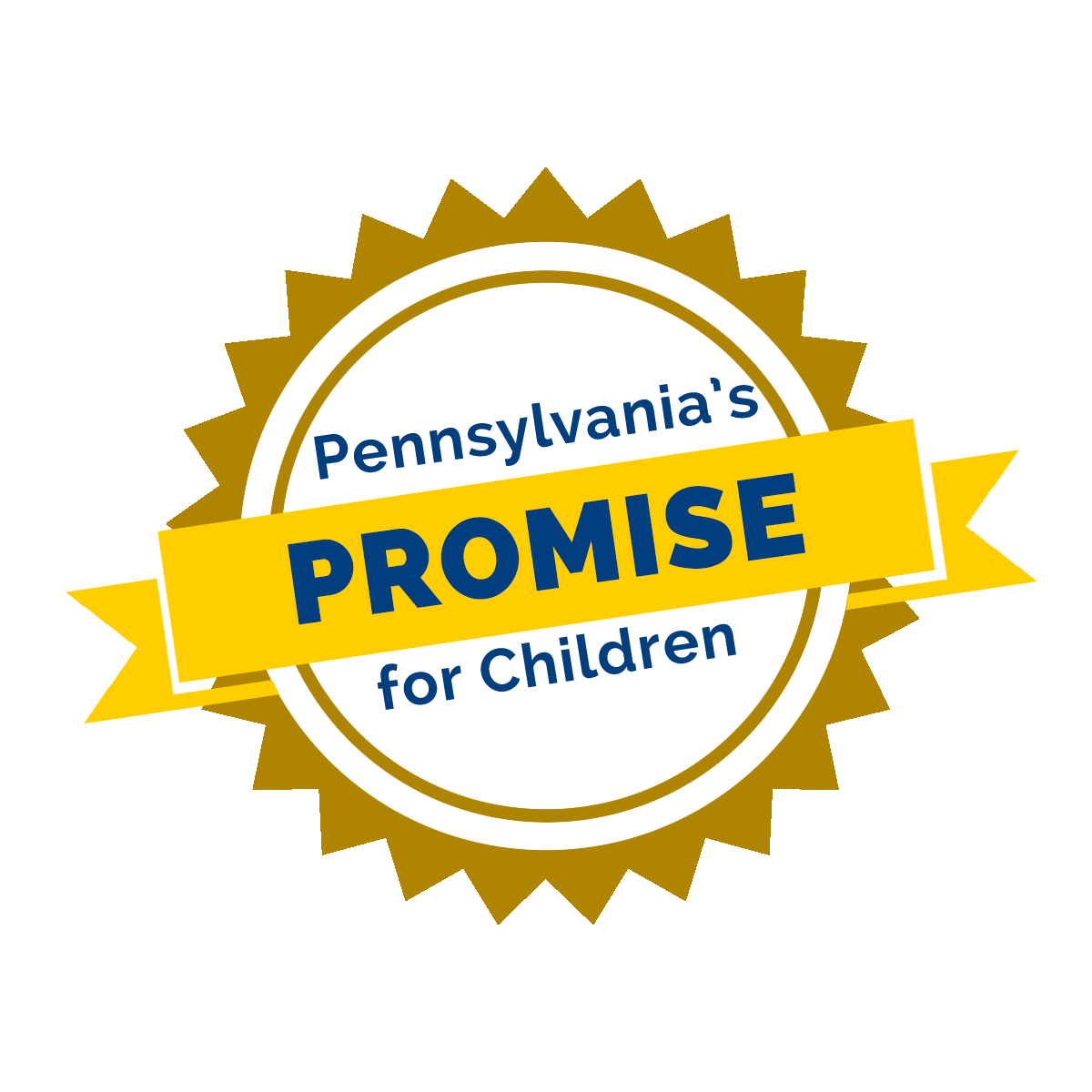
We’re learning in the kitchen!
Each month offers activities families can do together in a variety of settings. The activities within the Learning is Everywhere Calendar and on the website are aligned with the Pennsylvania Early Learning Standards (ELS).
These guidelines can be used to determine what infants, toddlers, pre-kindergarten, and kindergarten children may know or be able to do within specific age ranges.
Print the book list! 12 Books for in the Kitchen.
- The Doorbell Rang by Pat Hutchins
- The Very Hungry Caterpillar by Eric Carle
- Pancakes, Pancakes! by Eric Carle
- The Kids’ Multicultural Cookbook by Deanna F. Cook
- Stone Soup by Marcia Brown
- We Eat Dinner in the Bathtub by Angela Shelf Medearis
- Lunch by Denise Fleming
- Chicken Soup with Rice by Maurice Sendak
- A Chocolate Moose for Dinner by Fred Gwynne
- The Wolf’s Chicken Stew by Keiko Kasza
- Jamberry by Bruce Degen
- Pretend Soup and Other Real Recipes: A Cookbook for Preschoolers and Up by Mollie Katzen
Give a clean kitchen towel to your baby to play with as you work in the kitchen. Encourage them to wave the towel, feel it in their hands, explore it with their mouth, or use it to cover a small toy on a highchair tray. If your child has difficulty grasping objects, add an extra attachment to the towel (i.e. stretchy bracelet) to help your child keep the towel in their hands. If they have a visual impairment, focus on having them cover an object and touch what it feels like with and without the towel over it. (Approaches to Learning through Play)
Let your baby share the visions and smells while you’re cooking. Let them smell the herb or spice you’re about to put in the sauce, tell the name of the fruits and vegetables, point out shapes or colors, and explain what you’re doing. (Social & Emotional Development)
Your toddler can use foods, like crackers and slices of cheese, to build a tower. Can they make it taller by adding a layer? What happens to the tower if they eat a layer? If your toddler has difficulty building a tower vertically, try making shapes or patterns on the table horizontally. Instead of food, use blocks like Lego Duplo and build a tower and try to make color patterns. (Mathematics Thinking and Expression)
Make fun instruments from pots and pans with wooden spoons, or two saucepan lids for cymbals. Together, play a song. Can they play a loud song or a soft song? What types of sounds are made if they bang hard on the pan? Does banging on the top of a pan make a different sound than tapping on the side of the pan? (Creative Thinking & Expression)
Explore a set of kitchen tools – strainer, turkey baster, potholder, garlic press, spatula, slotted spoon, rolling pin, etc. After your child has explored the tool, place the item in a bag, and have them reach in and try to guess which one they feel. Ask them to describe what they feel—is it hard or soft? Is it cold or warm? Is it big or little? Does it move? (Approaches to Learning through Play)
While your preschooler helps set the table, help them count the number of plates needed. How many forks will be needed? How many different ways can they fold a napkin? Does one person get a tall glass and another person a small cup? Once your preschooler has finished setting the table, have them assist with the meal. Encourage them to look at the recipe and say the numbers as you point to them and count the steps to make the meal. (Approaches to Learning through Play)
Have your preschooler close their eyes and guess what different smells are. Items to smell might be vanilla (extract), lemons, oranges, apples. Have them open their eyes and smell them again. Do they smell different or the same? What happens if they smell two things at once? Next time you fix a meal, see if they can guess what you’re cooking by its smell. (Scientific Thinking and Technology)
Explore a set of kitchen tools – strainer, turkey baster, potato masher, potholder, garlic press, spatula, slotted spoon, rolling pin, etc. Have your preschooler guess what the items is for, then tell them. After they have looked over the items, place one in a bag, and have them reach in and try to guess which one they feel. Ask them to describe what they feel—is it hard or soft? Is it cold or warm? Is it big or little? Does it move? Is it made of wood or plastic? How do they know? (Approaches to Learning through Play)
While following a recipe, have your kindergartner help you prepare food. Help them read the information from the recipe they recognize (like the numbers for the measurements, quantities and temperature), then have them match the number on the measuring cup (like one cup), or count out the number needed (like two eggs), or identify the number on the oven (350 degrees). (Mathematics Thinking and Expression)
While grocery shopping, help your kindergartner select a special food both of you can prepare later. Talk about what is selected and how it will be prepared and eaten. Provide their own shopping bag to carry home the item, and then when home, together you can use the item to make a snack or be included in a meal. (Approaches to Learning through Play)
Explore a set of kitchen tools – strainer, turkey baster, potato masher, potholder, garlic press, spatula, slotted spoon, rolling pin, etc. Have your kindergartner guess what the items is for, then tell them. After they have looked over the items, place one in a bag, and have them reach in and try to guess which one they feel. Ask them to describe what they feel—is it hard or soft? Is it cold or warm? Is it big or little? Does it move? Is it made of wood or plastic? How do they know? (Approaches to Learning through Play)
Additional Resources
Check out these additional resources.
